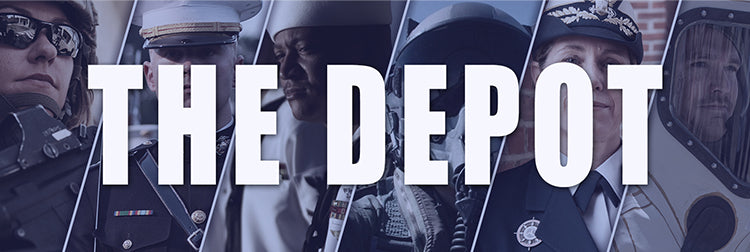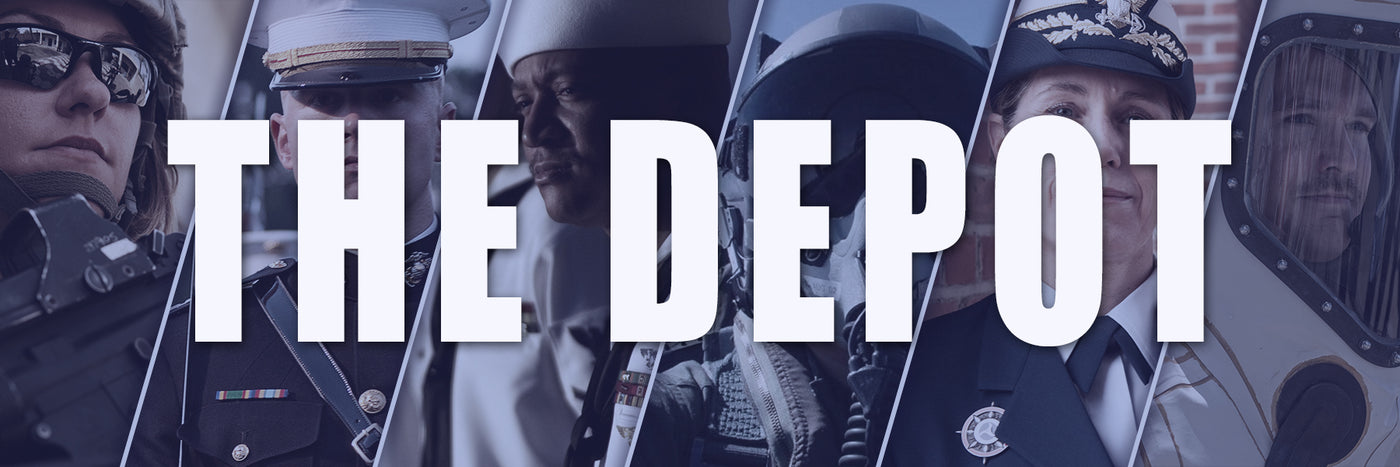
Naval Rate Insignia: Honoring Our Sailors
To civilians, and even members of other military services, the U.S. Navy’s naval rate insignia can be confusing. The history of naval rate insignia is complicated, and has ebbed and...
Blog Staff |
ARMED FORCES SUPER STORE 1-877-653-9577 | 8 - 7 CST MON-FRI



To civilians, and even members of other military services, the U.S. Navy’s naval rate insignia can be confusing. The history of naval rate insignia is complicated, and has ebbed and...
Blog Staff |